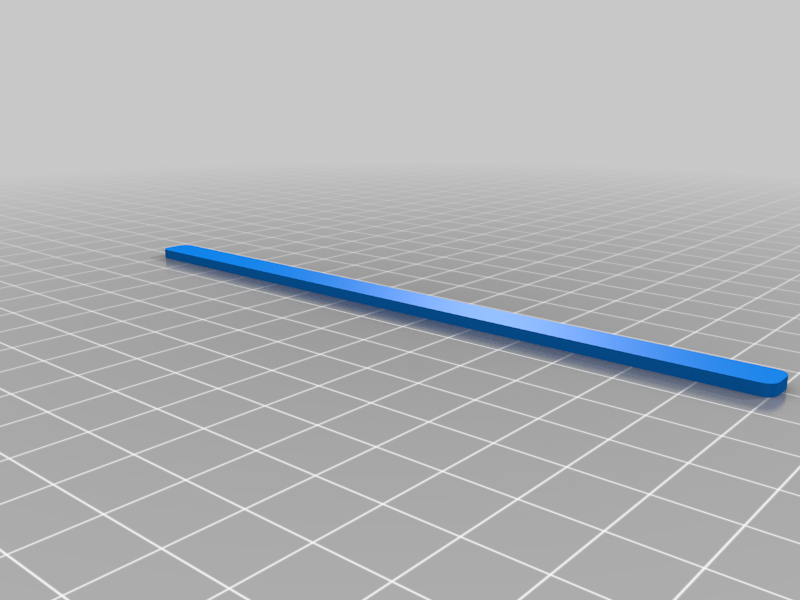
OpenSource Rotameter v2020.Mall
thingiverse
The 2020 version of the open source rotameter. Recommendations for improvement The development of the project’s rotameter was a first iteration of design, development, and testing, and so, there is inherently a lot of challenges to overcome with further development, but also a lot of opportunities to make improvements. A number of challenges were faced during the manufacturing and testing procedure of the project’s rotameter and some recommendations for further development and research are suggested. These recommendations aim to improve the manufacturing process, the experimental setup, the ease of use of the rotameter, and the performance of the rotameter in both clean and sandy water conditions. The most difficult task within the manufacturing process was gluing in the sight windows and ensuring their water tightness. This was because the width of the slot is small and therefore spreading glue successfully over the length of the shoulder was a major challenge. To make this process easier it is recommended that the sight windows and the supporting shoulder of the tube are made larger. This also ties in with the recommendation in the next paragraph. During testing it was found that sandy water made the float difficult to see, especially at higher float heights since the annulus area is largest there. This issue is illustrated in Figure 32 with the rotameter operating at a flow rate of 25 litres per minute. In order to mitigate this problem, it is recommended that further research is done toward improving the visibility of the float. This could focus on using more sight window slots, or, using wider sight windows and finding cost-effective methods of bending the inserts so as not to change the annulus area. This would allow more light into the tube and improve visibility of the float. The piping in experimental setup is mostly opaque. This means that the behaviour of sand laden flow cannot be assessed at any point other than the tank and the rotameter. Sufficient turbulence exists in the tank as can be seen from Figure 33, however, other points in the setup could be vulnerable to sand settling. This would result in the sand concentration being less than required. In order to improve the setup, and therefore the analysis of the results, it is recommended that sections of transparent piping are included in the setup where it is predicted settling will occur. At low flow rates the clearance float experienced some instability because of its reduced guidance. In order to improve the performance of the rotameter it is recommended that further development is done to improve float stability by searching for and analysing cost-effective methods of manufacturing the float so that the weight is more evenly spread out in the float. The suggested direction is to investigate denser 3D printing filaments and print the float as a solid with 100% infill. Another suggested option is to have the float weight machined at a steel workshop. Since the error of parallax is a concern for the rotameter’s accuracy it is recommended that, to improve the process of taking measurements, a float with its largest diameter at the top surface is used. This geometry configuration allows the user to reduce human error by first looking at the float from slightly above, and then lowering eye level until the top surface of the float has just disappeared. This process of taking readings guarantees a more consistent higher level of accuracy. During testing it was discovered that sand settled on the top of the float once the flow was switched off. This was not an issue for this project because the flow was kept running continuously, however, this could pose a problem in situations where the rotameter is used intermittently in sandy water conditions. This settling of sand increases the weight of the rotameter and if it manages to remain stuck to the float it could influence the performance. To determine whether this will affect the performance of the rotameter it is recommended that an investigation is done with intermittent testing with sufficient time between tests to allow for settling. If this is an issue a suggested improvement is to add a conical section to the top of the float and test how this affects the performance.
With this file you will be able to print OpenSource Rotameter v2020.Mall with your 3D printer. Click on the button and save the file on your computer to work, edit or customize your design. You can also find more 3D designs for printers on OpenSource Rotameter v2020.Mall.
